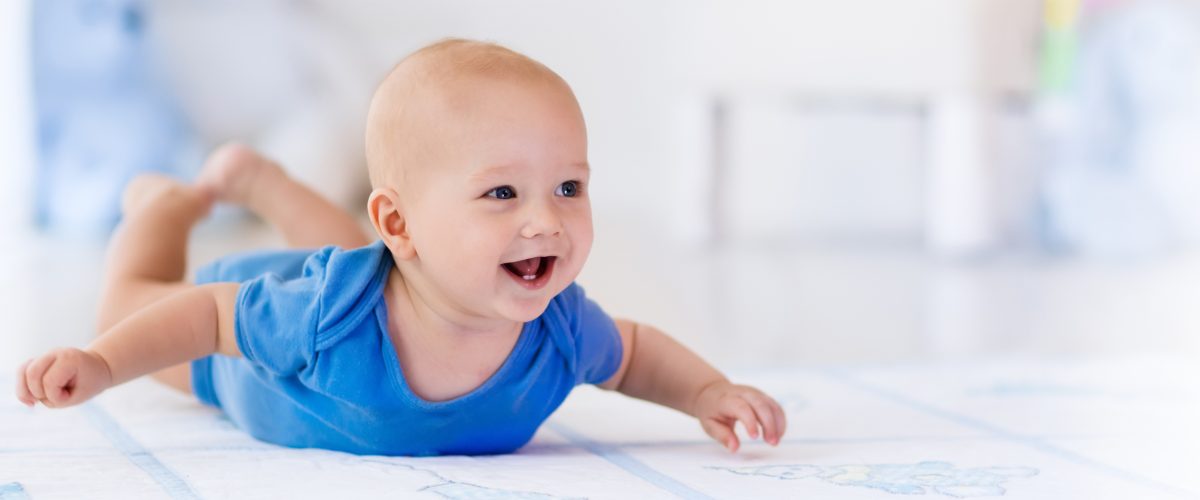
Why do babies see a chiropractor?
If you think that chiropractic is for back pain then it is fair enough you may wonder why a baby should see a chiropractor. Chiropractic care is really about optimising the health of the spine and nervous system, which can contribute to overall health in many ways. For a baby, this means helping their bodies develop as healthily as possible. Parents regularly report their baby is more settled, calm and sleeps better once beginning care.
Did you know?!
On average, a child before the age of three will have had three major falls off change tables, beds, out of prams or cots, or down a flight of steps.1 It is estimated that 47.9% of children land on their head in their first year of life.2
Why might they need it?
Firstly, let’s look at what factors could impact a baby’s spine and nerve system. Babies are cooped up in the womb for nine months and can be in several different positions, a few of which are less than ideal. Then there’s the birthing process, which in even the most natural and intervention-free situations, is still a tremendous amount of stress on the baby’s spine (especially the neck) and limbs to pass through the birth canal. Tension, strain or stiffness can result.
How can you tell if a baby should be checked?
There are some signs that indicate a baby may have imbalance in their spine and
nerve system that may benefit from being checked by a chiropractor, such as:
- being unsettled with colic or reflux.
- having feeding or digestion problems.
- irregular sleeping patterns.
- limited neck movement in one direction or favours turning to one side.
- arching their back.
- having low muscle tone / strength.
- repeated sickness / ear infections.
If you ticked off any of these, it is worth having your baby checked by a chiropractor for imbalances in the spine which could be contributing to the issues.
Watch to find out more about how (and why) we care for babies
How do we adjust babies?
One of the other assumptions about babies and chiropractic is that chiropractors treat them as if they’re just mini-adults. Babies are a lot more sensitive and responsive though, and therefore allow us to use light fingertip pressure or use a gentle instrument to achieve the same outcome. We may also pay closer attention to some developing structures such as their cranial system and hips. Their home care exercises will be far different too, with more emphasis placed on stimulating their brains and integrating their primitive reflexes for their learning and development.
1. McMullen M Physical stresses of childhood that could lead to need for chiropractic care. ICA International review of Chiropractic. 1995;51 (1):24-28
2. Maginness G Dr. (2001). C4K Chiropractic for Kids. Paediatrics Research. [CD-ROM]

